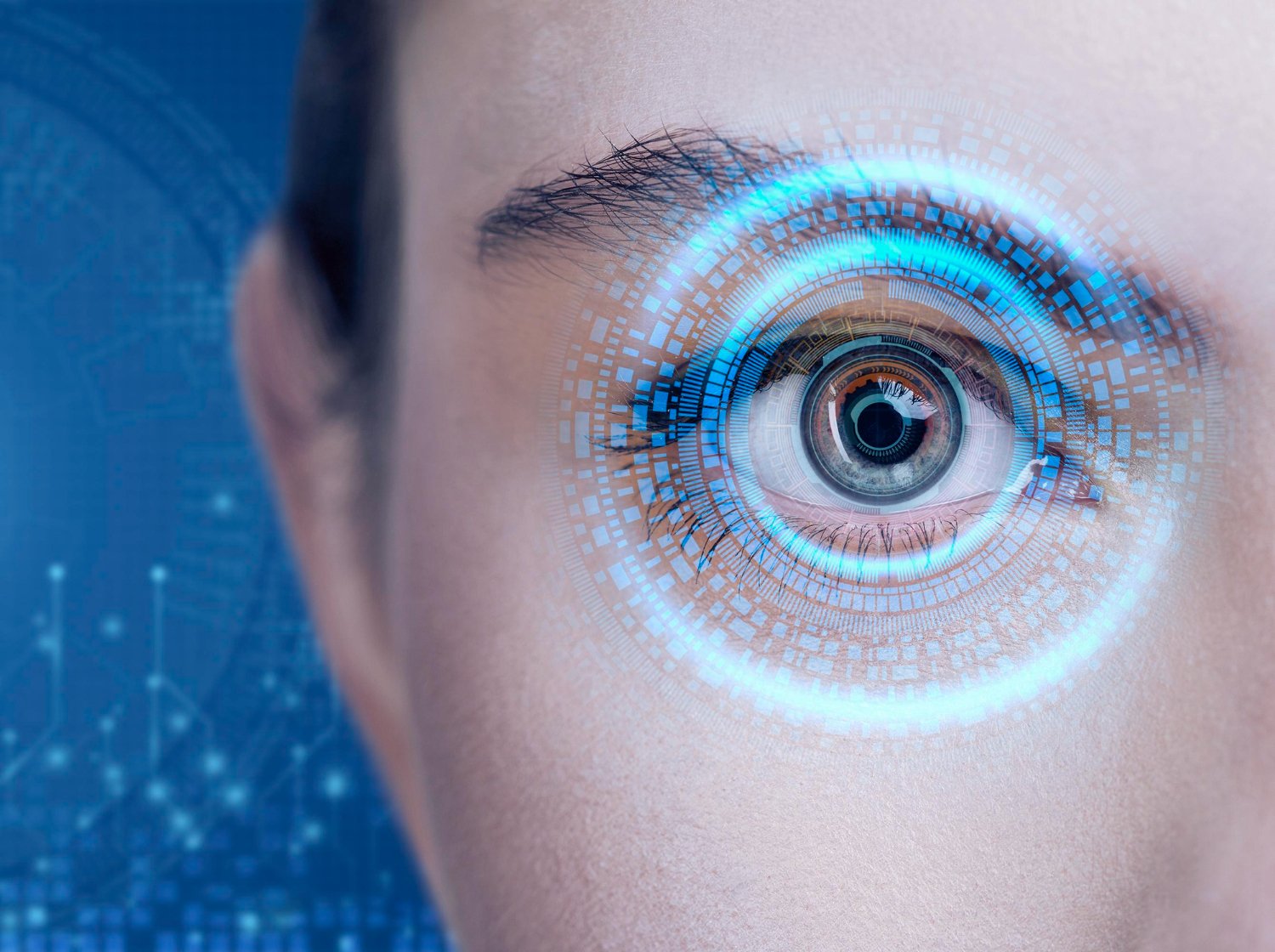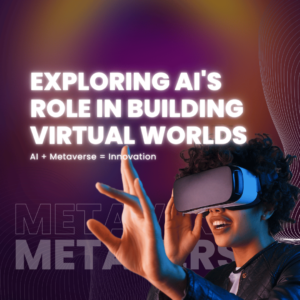Imagine waking up one day and being able to see the world around you again. For millions of people who are blind or visually impaired, this dream is becoming a reality thanks to bionic eye technology. This amazing innovation aims to restore sight and improve the quality of life for those who have lost their vision. Let’s dive into what bionic eye technology is, how it works, its challenges, and what the future holds.
What is Bionic Eye Technology?
Bionic eye technology is a type of medical device designed to help people who are blind see again. It works by using special implants that connect to the brain or retina, allowing visual information to be processed. This technology is especially helpful for those with conditions like retinitis pigmentosa or age-related macular degeneration, which damage the eye’s ability to see.
How Does It Work?
The bionic eye consists of two main parts: an external camera and an internal implant.
- External Camera: Patients wear glasses that have a tiny camera attached. This camera captures images from the environment.
- Internal Implant: The captured images are sent to a small chip implanted in the eye or brain. This chip translates the images into electrical signals that stimulate the remaining healthy cells in the retina or directly interact with the brain’s visual cortex.
When these signals reach the brain, they create a basic image that the person can interpret. Although this image may not be as clear as natural vision, it allows users to recognize shapes, colors, and even faces over time.
Real-Life Impact
The impact of bionic eyes can be life-changing. For example, a young girl named Myah Hauxwell received a bionic prosthetic eye after struggling with vision issues since birth. After her surgery, she was able to regain confidence and interact more freely with her surroundings. Stories like hers highlight how this technology can transform lives and bring hope to many.

Quotes from Experts
Professor James Fallon from Bionics Institute states
The bionic eye enabled blind patients to locate doorways, avoid obstacles, and find items on tabletops.
These advancements show that bionic eyes not only restore sight but also enhance daily living skills.
Challenges Facing Bionic Eye Technology
Despite its promise, bionic eye technology faces several challenges:
- Technical Limitations: Current devices may not provide high-resolution images like natural vision. Users often see flickering lights rather than clear pictures.
- Surgical Risks: Implanting these devices involves surgery, which carries risks like infection or complications.
- Cost and Accessibility: These advanced technologies can be expensive and are not always available in every region, limiting access for many potential users.
Researchers are continuously working on improving these technologies to make them more effective and accessible.
The Future of Bionic Eyes
The future looks bright for bionic eye technology! Researchers are exploring new ways to enhance image clarity and expand the range of conditions that can be treated. The Gennaris Bionic Vision System, for instance, aims to bypass damaged optic nerves entirely, allowing even those with severe vision loss to experience sight again.
Exciting Developments
Clinical trials are underway for new versions of bionic eyes that promise better performance and reliability. As technology advances, we may soon see devices that can provide clearer images and even integrate with smartphones or other digital devices for enhanced functionality.
Conclusion
Bionic eye technology represents a significant leap forward in helping blind individuals regain their sight. With ongoing research and development, we can expect even more exciting breakthroughs in the coming years. This technology not only aims to restore vision but also enhances independence and improves quality of life for those affected by blindness.
By sharing stories of hope and innovation like those surrounding bionic eyes, we can inspire others and raise awareness about this incredible technology!












